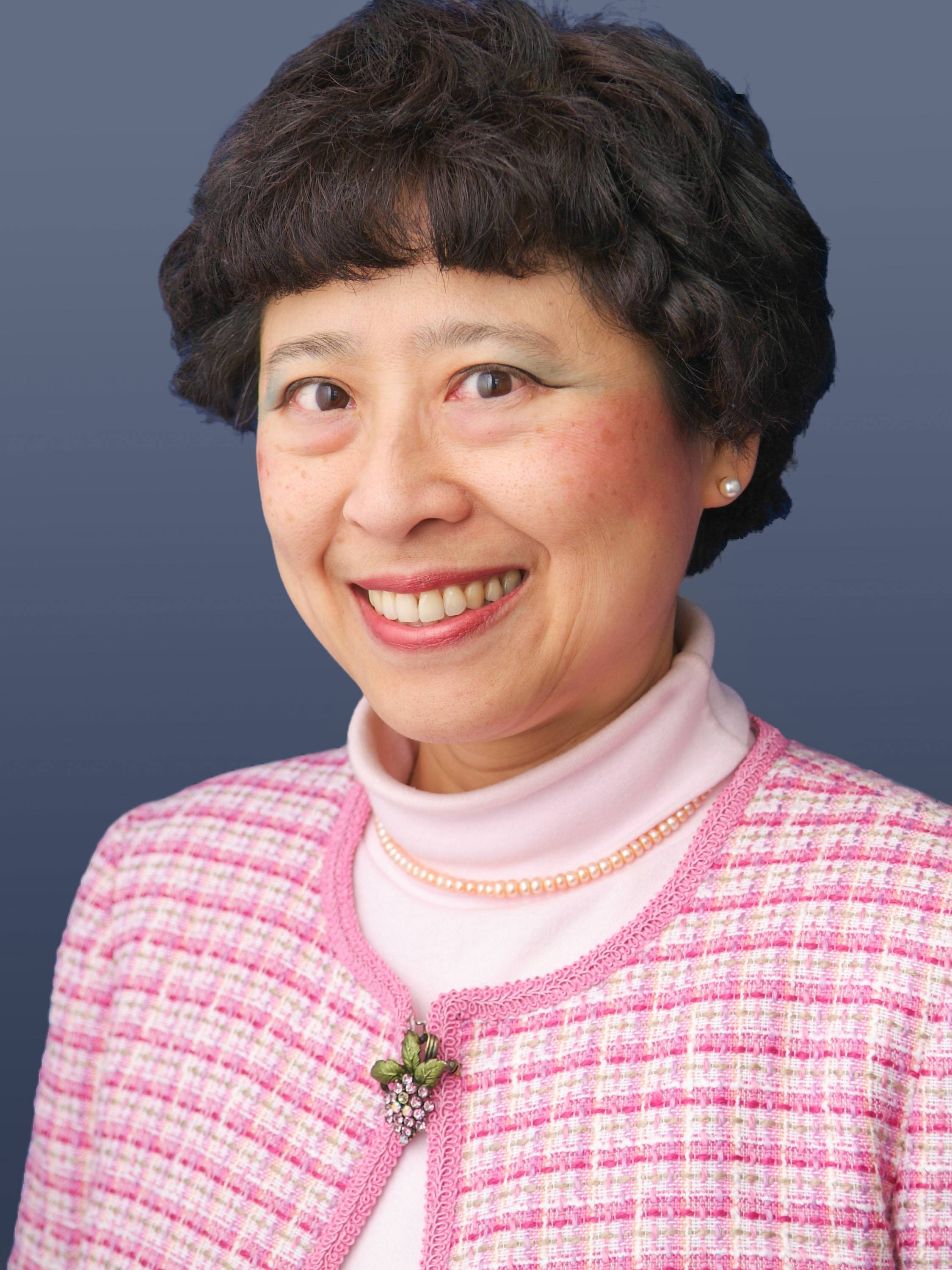Enabling structures to generate their own clean energy
Deborah Chung, PhD ’77

On May 9, materials scientist Deborah Chung, PhD ’77, delivered the inaugural Millie Dresselhaus Memorial Lecture, which she and her husband established to honor her mentor, the legendary MIT Institute Professor known as the “queen of carbon science.”
Chung, a professor of mechanical and aerospace engineering at SUNY Buffalo, left Hong Kong more than 50 years ago to attend college in the US; in 1973, she and three classmates became the first women to earn undergraduate degrees from Caltech. As a grad student at MIT, she was again one of very few women. “I just did whatever I thought I should be doing, whether I was the only girl in class or not. It didn’t bother me,” she says. “I just kept going.”
Dresselhaus, a physicist who in 1968 was one of the first two women to become full, tenured professors at MIT, was Chung’s thesis advisor. “I did not choose her because she was a woman,” Chung says. “I chose her because I loved her class, and it was really the beauty of the physics she taught us that drew me to her research field.”
Chung set her sights on an academic career from the start, based on her desire to delve deeply into research topics of her own choosing. A pioneer in multifunctional structural materials, she made a name for herself with her 1993 invention of smart concrete, which contains short carbon fibers that sense the electrical resistance of the material to warn of stress and deformation before any cracks are visible.
Over the last several years, she’s been working on a concept so revolutionary that “if I were younger, I would not have had the courage to do this,” she says, laughing. Her idea is to find a way to get structural materials like steel to generate electricity without the use of any energy-producing device. And that, she says, “involves looking into the heretofore overlooked electrical (dielectric) behavior of conductors like steel.”
She envisions structures that can generate their own clean energy: “I am still digging into the science and characterizing the degree of energy production that’s possible, and the energy generation scales with the size.” These structures would power themselves, she says. The larger the building, the more voltage or energy it could generate. And if a structure generates more power than it needs, that power could be channeled to a grid.
She’s especially excited to be combining hard science with creativity at this stage in her career. “In the last few years, I’ve really experienced pouring the science from my heart,” she says.
Keep Reading
Most Popular
Large language models can do jaw-dropping things. But nobody knows exactly why.
And that's a problem. Figuring it out is one of the biggest scientific puzzles of our time and a crucial step towards controlling more powerful future models.
How scientists traced a mysterious covid case back to six toilets
When wastewater surveillance turns into a hunt for a single infected individual, the ethics get tricky.
The problem with plug-in hybrids? Their drivers.
Plug-in hybrids are often sold as a transition to EVs, but new data from Europe shows we’re still underestimating the emissions they produce.
Google DeepMind’s new generative model makes Super Mario–like games from scratch
Genie learns how to control games by watching hours and hours of video. It could help train next-gen robots too.
Stay connected
Get the latest updates from
MIT Technology Review
Discover special offers, top stories, upcoming events, and more.